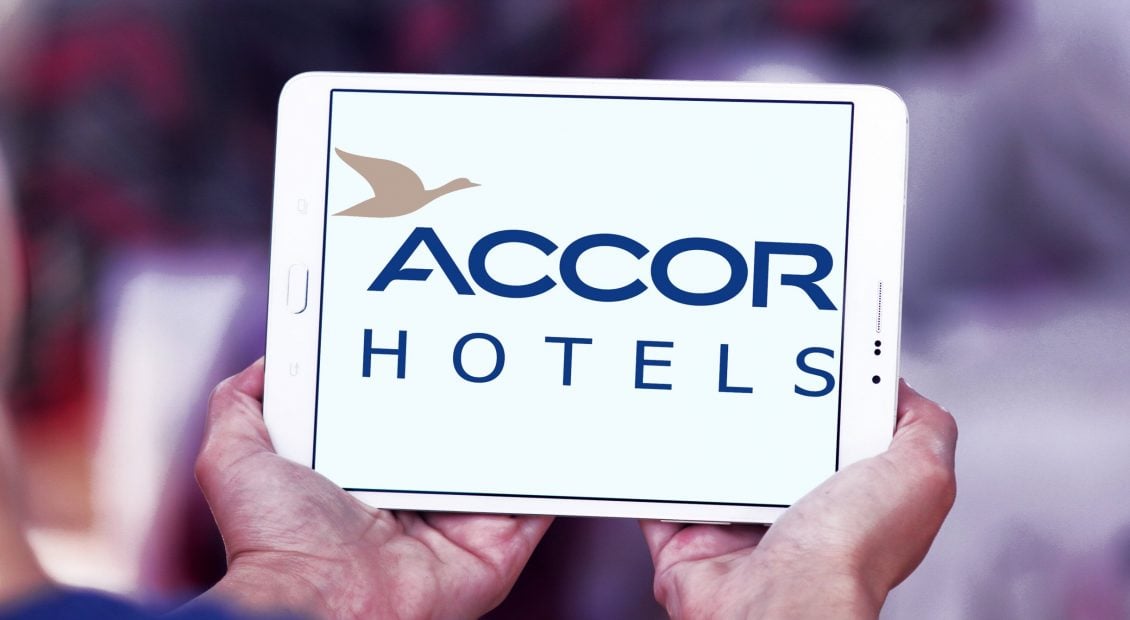
AccorHotels: From hotelier to digital marketplace
Telcos can draw ten lessons around organisational structure, strategy and staying relevant with customers from AccorHotels’ rapid digital transformation. This is the second in our series of transformation case studies from outside the telecoms sector.

